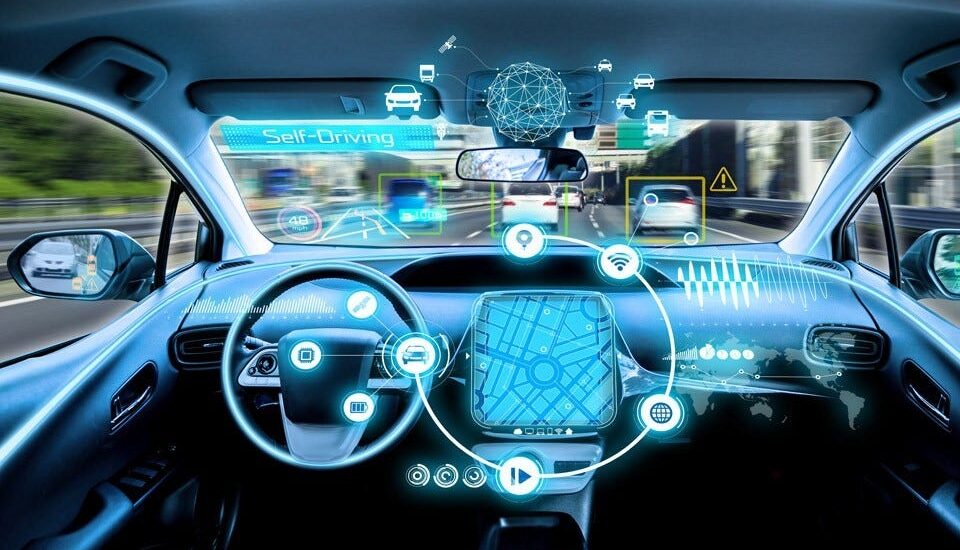The automotive industry is undergoing a major transformation, driven in part by the increasing use of data analytics. By harnessing the power of data, car manufacturers, dealerships, and other players in the industry are able to gain valuable insights that can help them improve operations, make better decisions, and ultimately provide a better experience for customers.
Here are some of the ways data analytics is being used in the automotive industry:
- Product development: Data from sensors in cars, customer feedback, and market research can be used to inform the design of new vehicles. This data can help manufacturers understand what features are most important to customers, as well as how to improve fuel efficiency and safety.
- Manufacturing: Data analytics can be used to optimize the manufacturing process, identify and prevent quality issues, and improve efficiency. For example, sensors can be used to track the progress of vehicles on the assembly line and identify any potential problems.
- ReducingFatalitiesandAccidents
Modern automobiles and better road safety regulations have contributed significantly to the decrease in fatalities. Today’s vehicles contain 50+ sensors that collect images of the car and its surroundings, which can then be analyzed and used to detect collisions, deploy airbags, and track the driver’s eyes.
- Sales and marketing: Data analytics can be used to target marketing campaigns more effectively, segment customers, and personalize the sales experience. For example, dealerships can use data to identify potential customers who are likely to be in the market for a new car and target them with specific advertising campaigns.
- Customerservice: Data analytics can be used to improve customer service by identifying common problems and trends. For example, manufacturers can use data from customer warranty claims to identify areas where vehicles are most likely to have problems and proactively address them.
- Connected cars: The rise of connected cars, which are equipped with sensors that collect data about how the car is being driven, is creating new opportunities for data analytics. This data can be used to provide drivers with feedback on their driving habits, offer personalized insurance rates, and even predict when a car is likely to need maintenance.



